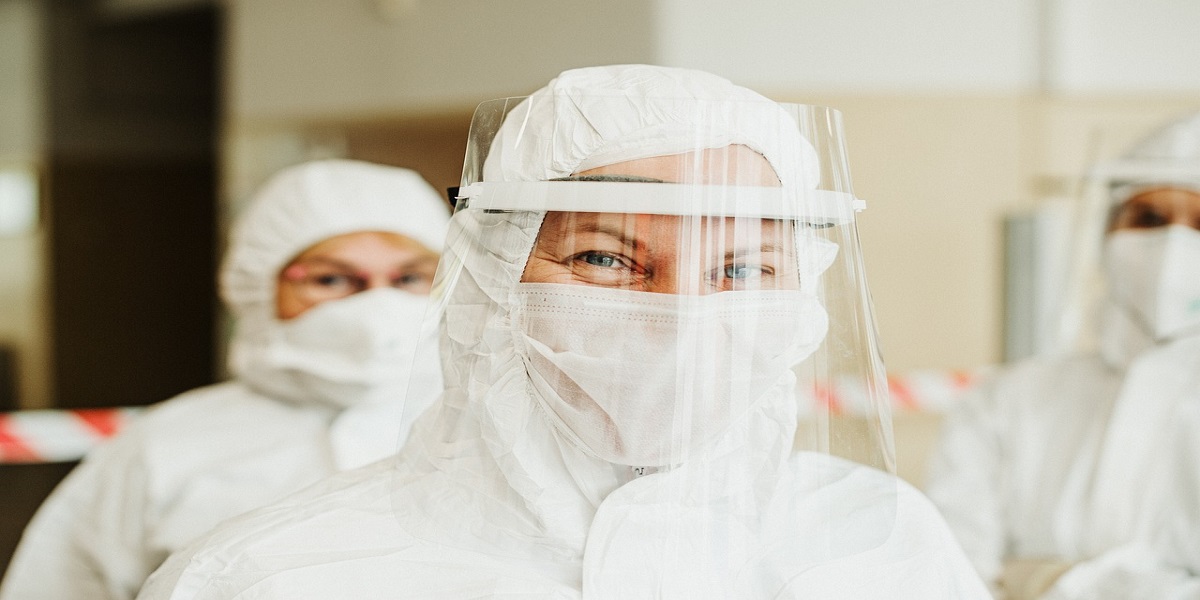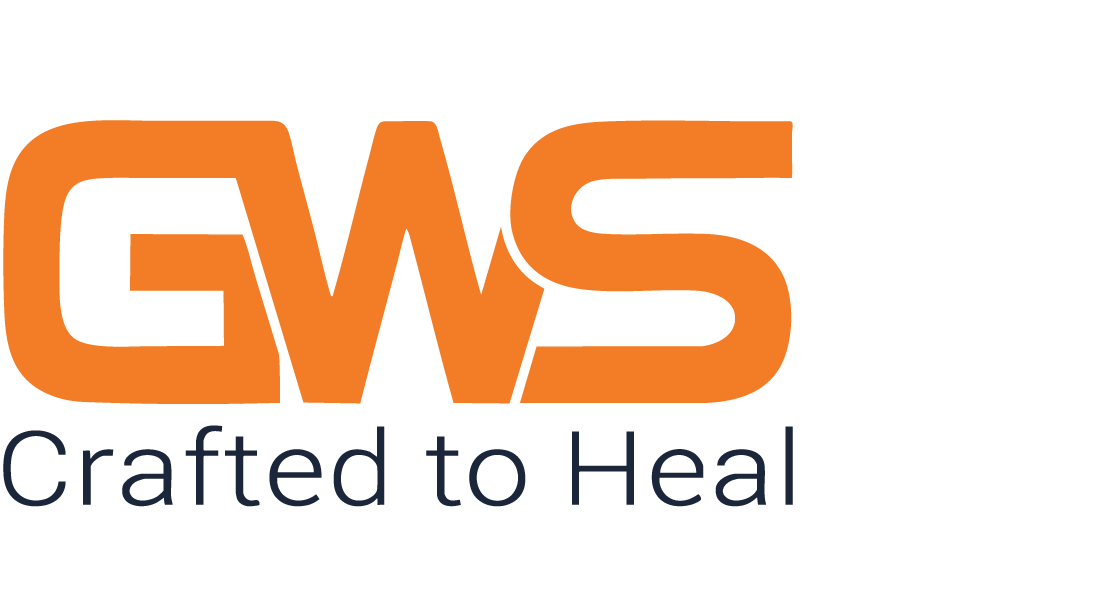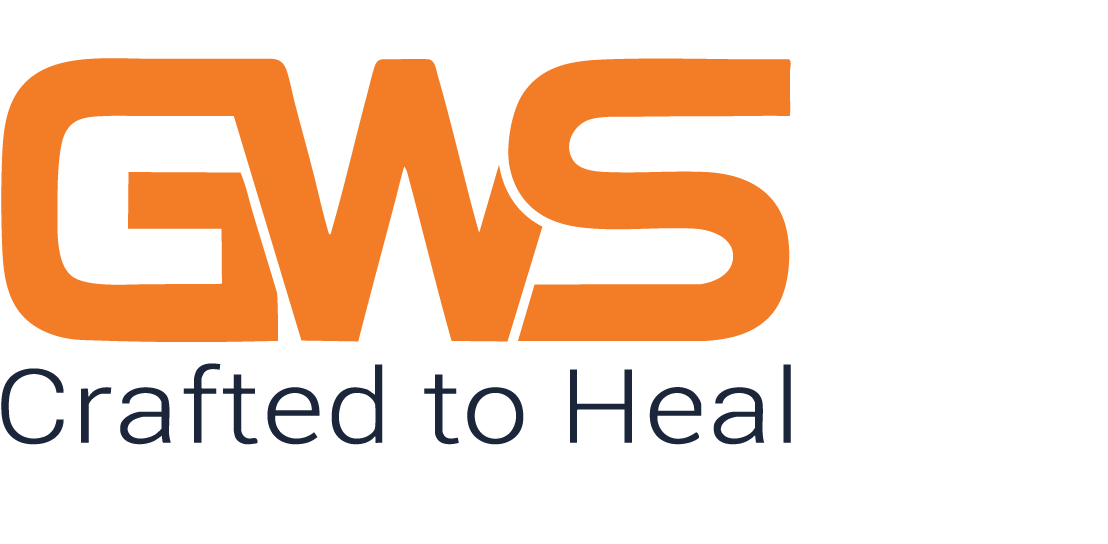
Effects of COVID-19 on Hospital Equipment Supplier’s Chains
The COVID-19 pandemic had a huge impact on health care systems around the globe. It exposed several major hospital supply chain vulnerabilities, including hospital medical shortages such as protective personal equipment (gloves, goggles, respirators), diagnostic equipment (cartridges for RT-PCR automatic systems), and clinical care equipment (pulse oximeters, concentrators, ventilators). The medical entities such as equipment that were supposed to help control the spread of the disease and to limit its damage ran out of effectiveness due to the lack of proper equipment supply chain at the peak of the pandemic.
COVID-19 caused an enormous negative effect on the chains. Globally, as the situation worsened due to pandemics, there were various disruptions in the equipment supply chain. There were several causes that attributed to the increase in demand and slowing of the supply.
After COVID, work towards strengthening markets and amending policies should be done to lessen the dependence on imports. Equipment suppliers must try to stabilize their supply chains by analyzing risk assessments and adopting supply continuity plans. They must try to diversify their supply chain portfolio to respond to changing demands. This will enormously benefit in strengthening the supplier’s chains.
1. IMPACT OF COVID-19 ON SUPPLY CHAIN AT THE HOSPITAL LEVEL
The COVID 19 pandemic has caused a tremendous breakdown in the global supply of equipment. They became a critical factor for every country they were needed to manage and control the evolution of the pandemic. During the pandemic, huge problems emerged in providing a sufficient supply of critical equipment. Around the whole world, imports of equipment increased by a huge percentage, such as those of ventilators rose by a double rate. Moreover, prices increased tremendously with prices of surgical masks rising enormously.
The unavailability of supply was due to export bans, logistic disruptions, and shortages of packaging. Moreover, exports from other countries immediately came to a stop. The prices of equipment increased. This happened at all levels, from wholesalers to retailers to hospitals leading to disruption of the supply chain. Global requirement of PPE suits every day reached new heights as the infection cases hiked.
Another rising concern with the supply of PPE was the substandard quality. They were being sold at cheaper prices, which made hospitals fall from them. Ventilators were made by small manufacturers, but due to issues related to supply chain, travel restrictions, and raw material unavailability, companies were not able to manufacture them. There also was a shortage in supply of testing kits which resulted in more positive cases. This further leads to a delay in the flattening of the curve of the COVID-19 case.
2. CURRENT SCENARIO OF EQUIPMENT SUPPLIER’S CHAINS
The supply chain is slowly recovering. This has led to increasing in capacity due to manpower and an increase in logistics. There has been an increase in the supply of vital equipment that has led to the safety of the healthcare staff. There has been a rise in the supply of N95 Face Mask and PPE. There has also been an increase in the supply of gloves, masks, and gowns. Many countries have doubled the daily production of PPE suits. They have increased their capacity of functional ventilators tremendously. Lower mortality in COVID-19 patients has been attributed to the higher number of ventilators.
Another major highlight has been the increase in the availability of COVID-19 testing kits. Both swab testing and reverse transcription-polymerase chain reaction (RT-PCR) kits are in great supply. Mass testing has been increasingly important to detect COVID-19-positive patients, so the medical research bodies have also collaborated with equipment manufacturers to increase the manufacturing of testing kits. For seriously ill patients, mechanical ventilators are also increased in supply. Hand scrubber and hand sanitizer supply have also been increased.
3. FUTURE CHALLENGES FOR SUPPLIERS
The medical market is one of the largest in the world in terms of volume and value chain. It is set to increase to more than double the rate by the end of this decade. The governments in various regions earlier showed slow progress in investing in R&D and also in promoting the local equipment supply industry. They also have now started to use raw materials from the locality. In the future, there will be less dependence and less pricing volatility.
Even in restricted movements, there will be a good supply. But the challenge for manufacturers is the substandard quality. There are many companies supplying poor quality. They supply at cheaper prices, which makes hospitals fall for them. Apart from this, suppliers have several challenges ahead. Some of them are using non-woven materials and finding textile solutions for affordability, accessibility, reusability, and scalability.
4. CONCLUSION
For the strengthening and stability of the equipment supply chain, it’s important to first identify the challenges that resulted in the major supply chain interruptions seen during COVID-19. Next, medical equipment suppliers companies need to assess which strategies can help them to reduce supply chain disruptions during major breakouts without incurring tremendous prices, while holding important amounts of safety stocks for a wide variety of equipment for the production of a wide array that would improve resilience and cost strategies. Finally, solutions cannot just come from the suppliers. Emergency preparedness is a public health issue. Governments need to assess what policy prescriptions they should enact in the wake of this experience as well.
Leave a Comment
© Copyright © 2024 gwsmed.com | GWS Surgicals LLP. All rights reserved.
| |




Comment (0)
No Comments Yet. Be the first one.